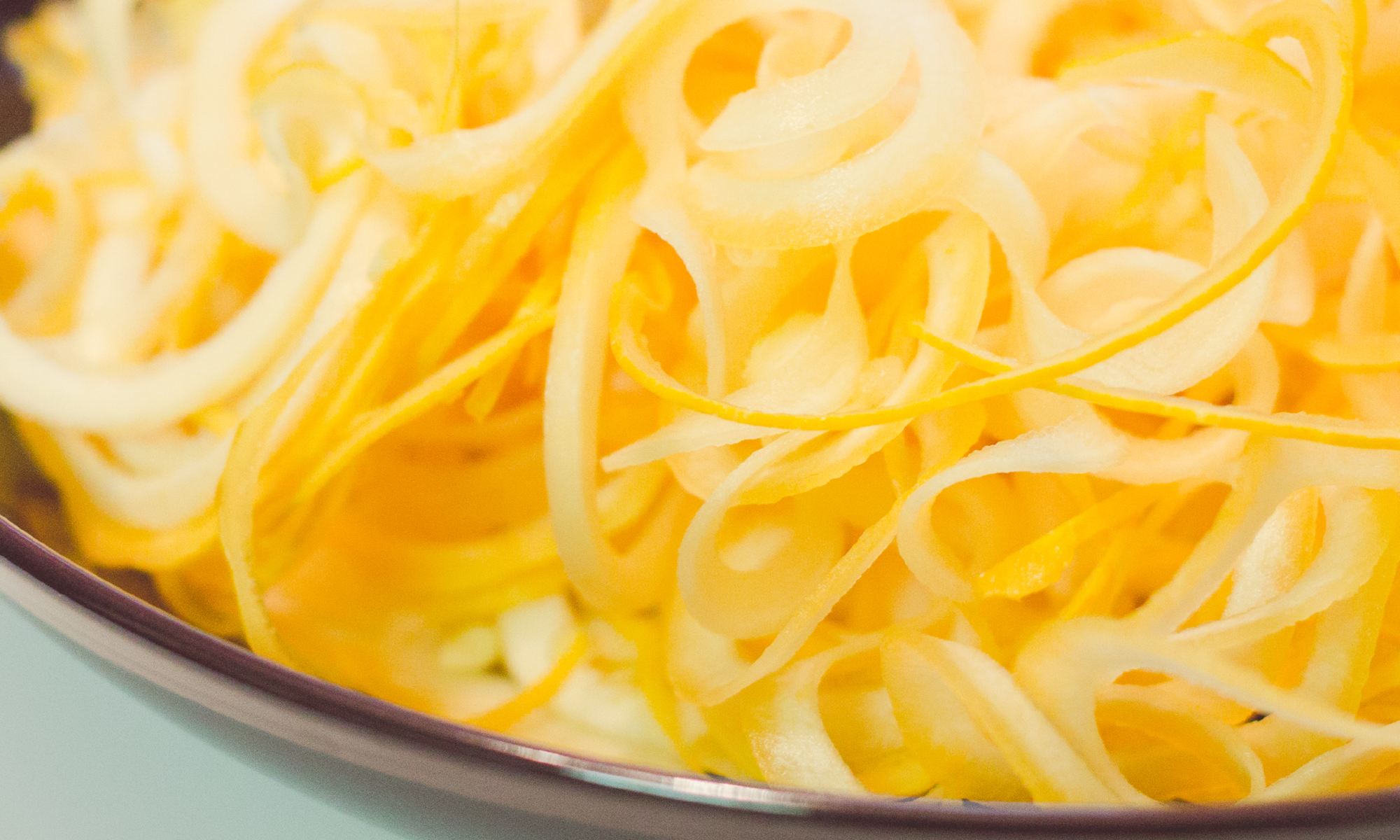It’s PTA Healthy Lifestyles Month and one area of focus is healthy hydration! So, let’s talk about water. Yep, just super simple, thirst-quenching, naturally refreshing wonderful water.
Walk up and down the aisles at any supermarket and you will find plenty of choices for so-called “healthy water.” But what exactly is this flashy packaging promising … Electrolytes? Added sugar? Artificial sweetener? Water doesn’t have to be complicated and we know we all need to drink it, probably much more than we already are! Skip the unnecessary, sometimes overpriced products on the shelf and try a few of these steps instead!
Take Water from Meh to YEAH!
1. Infuse water with fruits and herbs to add flavor without adding calories or artificial ingredients.
2. See if you like your water ice cold or room temperature. You never know, you might have a preference!
3. Scrap bottled water and invest in a filtered water pitcher to make better-tasting water readily available. Mother Earth and your wallet will thank you!
4. Try caffeine-free herbal teas or naturally flavored sparkling water.
5. Mix it up. Even natural juices can be watered down to cut the sweetness and add more water to your diet. (This is a trick I’ve used on my kids for years!)
6. Eat water-rich foods. Watermelon has its name for a reason! There are many foods to choose from.
Hydrate Around the Clock
1. Try to drink water every hour or before every meal – this will help you get into healthy habits and fill your belly up before a meal!
2. Remember the general rule of thumb is 8×8 (eight 8-ounce glasses of water a day).
3. Try a free app to track your water intake throughout the day.
4. Break in a portable water bottle made from BPA-free plastic or stainless steel (spruce it up with stickers or a cool reusable straw). Make sure you take that cup everywhere – your car, meetings, errands. The more you have it around, the more likely you will drink from it!
Lasting Thoughts
What water really does for our bodies.
We’ve heard that 70% of the body is made of up water, but do we know what that water is doing inside our bodies? It’s helping all of our organs, bones, muscles, and joints do their job! Sometimes when we feel sluggish in the afternoon, we may not actually need that extra cup of coffee – our brain may be in a fog because it needs more water. Lack of water has been scientifically connected to impaired mood and concentration, increased anxiety, and increased headaches. On the flip side, drinking more water has also been connected to losing weight, maximizing physical activity, and even aiding constipation. A lot of things we think we might need a pill for can sometimes be fixed by simply drinking more water.





